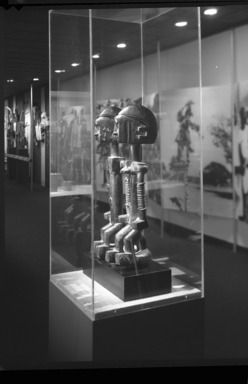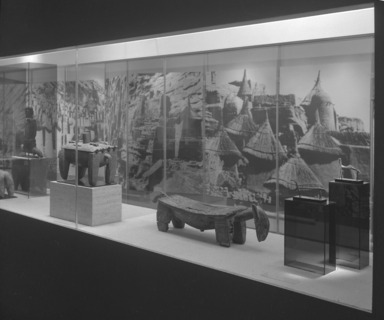

African Art of the Dogon: The Lester Wunderman Collection, April 4, 1973 through May 20, 1973 (Image: AON_E1973i001.jpg Brooklyn Museum photograph, 1973)
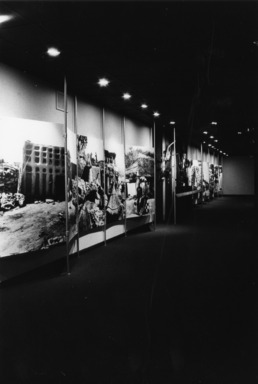
African Art of the Dogon: The Lester Wunderman Collection, April 4, 1973 through May 20, 1973 (Image: AON_E1973i002.jpg Brooklyn Museum photograph, 1973)
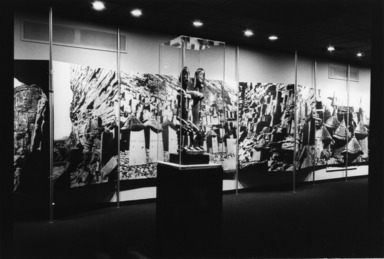
African Art of the Dogon: The Lester Wunderman Collection, April 4, 1973 through May 20, 1973 (Image: AON_E1973i003.jpg Brooklyn Museum photograph, 1973)

African Art of the Dogon: The Lester Wunderman Collection, April 4, 1973 through May 20, 1973 (Image: AON_E1973i004.jpg Brooklyn Museum photograph, 1973)

African Art of the Dogon: The Lester Wunderman Collection, April 4, 1973 through May 20, 1973 (Image: AON_E1973i005.jpg Brooklyn Museum photograph, 1973)
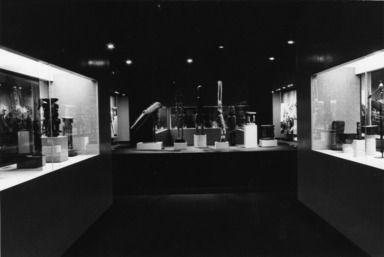
African Art of the Dogon: The Lester Wunderman Collection, April 4, 1973 through May 20, 1973 (Image: AON_E1973i006.jpg Brooklyn Museum photograph, 1973)
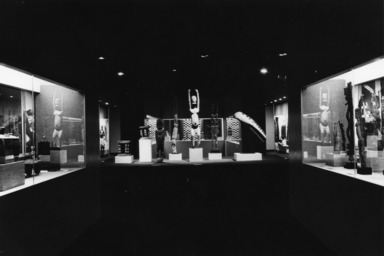
African Art of the Dogon: The Lester Wunderman Collection, April 4, 1973 through May 20, 1973 (Image: AON_E1973i007.jpg Brooklyn Museum photograph, 1973)

African Art of the Dogon: The Lester Wunderman Collection, April 4, 1973 through May 20, 1973 (Image: AON_E1973i008.jpg Brooklyn Museum photograph, 1973)
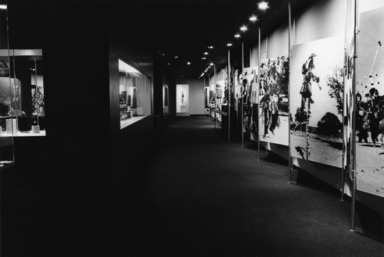
African Art of the Dogon: The Lester Wunderman Collection, April 4, 1973 through May 20, 1973 (Image: AON_E1973i009.jpg Brooklyn Museum photograph, 1973)
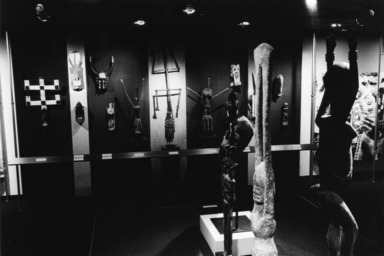
African Art of the Dogon: The Lester Wunderman Collection, April 4, 1973 through May 20, 1973 (Image: AON_E1973i010.jpg Brooklyn Museum photograph, 1973)

African Art of the Dogon: The Lester Wunderman Collection, April 4, 1973 through May 20, 1973 (Image: AON_E1973i011.jpg Brooklyn Museum photograph, 1973)

African Art of the Dogon: The Lester Wunderman Collection, April 4, 1973 through May 20, 1973 (Image: AON_E1973i012.jpg Brooklyn Museum photograph, 1973)
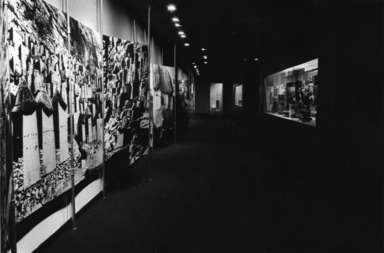
African Art of the Dogon: The Lester Wunderman Collection, April 4, 1973 through May 20, 1973 (Image: AON_E1973i013.jpg Brooklyn Museum photograph, 1973)

African Art of the Dogon: The Lester Wunderman Collection, April 4, 1973 through May 20, 1973 (Image: AON_E1973i014.jpg Brooklyn Museum photograph, 1973)
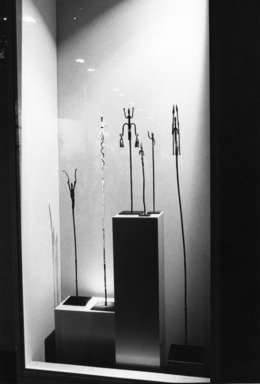
African Art of the Dogon: The Lester Wunderman Collection, April 4, 1973 through May 20, 1973 (Image: AON_E1973i015.jpg Brooklyn Museum photograph, 1973)

African Art of the Dogon: The Lester Wunderman Collection, April 4, 1973 through May 20, 1973 (Image: AON_E1973i016_SL1.jpg Brooklyn Museum photograph, 1973)
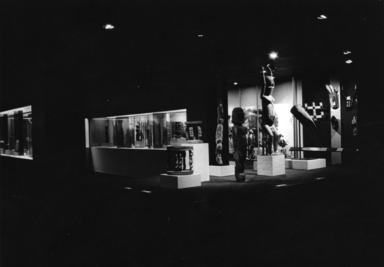
African Art of the Dogon: The Lester Wunderman Collection, April 4, 1973 through May 20, 1973 (Image: AON_E1973i017.jpg Brooklyn Museum photograph, 1973)

African Art of the Dogon: The Lester Wunderman Collection, April 4, 1973 through May 20, 1973 (Image: AON_E1973i018.jpg Brooklyn Museum photograph, 1973)
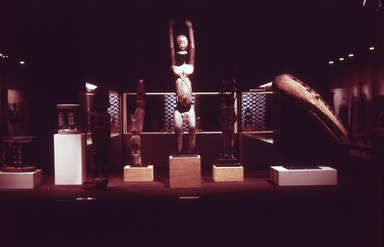
African Art of the Dogon: The Lester Wunderman Collection, April 4, 1973 through May 20, 1973 (Image: AON_E1973i019.jpg Brooklyn Museum photograph, 1973)

African Art of the Dogon: The Lester Wunderman Collection, April 4, 1973 through May 20, 1973 (Image: PHO_E1973i001.jpg Brooklyn Museum photograph, 1973)

African Art of the Dogon: The Lester Wunderman Collection, April 4, 1973 through May 20, 1973 (Image: PHO_E1973i002.jpg Brooklyn Museum photograph, 1973)
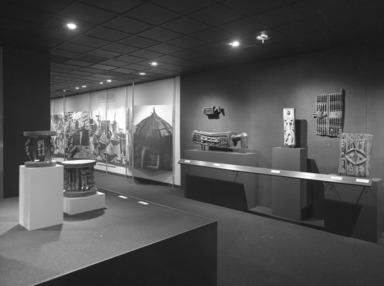
African Art of the Dogon: The Lester Wunderman Collection, April 4, 1973 through May 20, 1973 (Image: PHO_E1973i003.jpg Brooklyn Museum photograph, 1973)
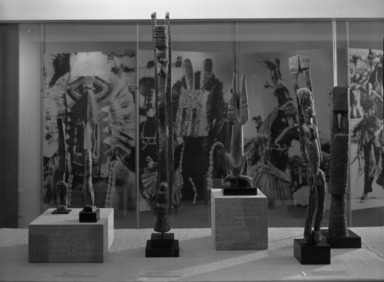
African Art of the Dogon: The Lester Wunderman Collection, April 4, 1973 through May 20, 1973 (Image: PHO_E1973i004.jpg Brooklyn Museum photograph, 1973)

African Art of the Dogon: The Lester Wunderman Collection, April 4, 1973 through May 20, 1973 (Image: PHO_E1973i005.jpg Brooklyn Museum photograph, 1973)

African Art of the Dogon: The Lester Wunderman Collection, April 4, 1973 through May 20, 1973 (Image: PHO_E1973i006.jpg Brooklyn Museum photograph, 1973)

African Art of the Dogon: The Lester Wunderman Collection, April 4, 1973 through May 20, 1973 (Image: PHO_E1973i007.jpg Brooklyn Museum photograph, 1973)

African Art of the Dogon: The Lester Wunderman Collection, April 4, 1973 through May 20, 1973 (Image: PHO_E1973i008.jpg Brooklyn Museum photograph, 1973)
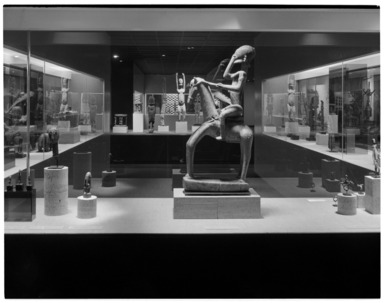
African Art of the Dogon: The Lester Wunderman Collection, April 4, 1973 through May 20, 1973 (Image: PHO_E1973i009_SL3.jpg Brooklyn Museum photograph, 1973)
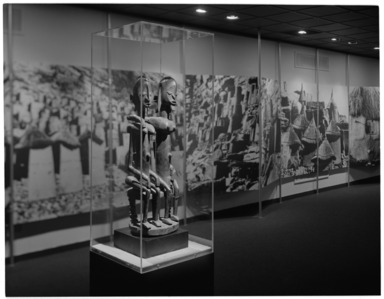
African Art of the Dogon: The Lester Wunderman Collection, April 4, 1973 through May 20, 1973 (Image: PHO_E1973i010_SL3.jpg Brooklyn Museum photograph, 1973)

African Art of the Dogon: The Lester Wunderman Collection, April 4, 1973 through May 20, 1973 (Image: PHO_E1973i011.jpg Brooklyn Museum photograph, 1973)

African Art of the Dogon: The Lester Wunderman Collection, April 4, 1973 through May 20, 1973 (Image: PHO_E1973i012.jpg Brooklyn Museum photograph, 1973)
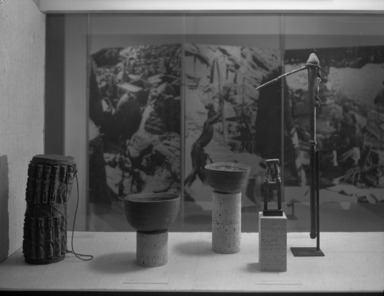
African Art of the Dogon: The Lester Wunderman Collection, April 4, 1973 through May 20, 1973 (Image: PHO_E1973i013.jpg Brooklyn Museum photograph, 1973)
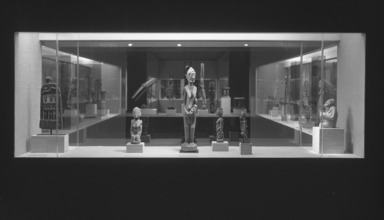
African Art of the Dogon: The Lester Wunderman Collection, April 4, 1973 through May 20, 1973 (Image: PHO_E1973i014.jpg Brooklyn Museum photograph, 1973)

African Art of the Dogon: The Lester Wunderman Collection, April 4, 1973 through May 20, 1973 (Image: PHO_E1973i015.jpg Brooklyn Museum photograph, 1973)
African Art of the Dogon: The Lester Wunderman Collection
-
February 16, 1973
One of the finest and most complete assemblages of Dogon sculpture in private hands will go on public exhibition when “AFRICAN ART OF THE DOGON: The Lester Wunderman Collection” opens at The Brooklyn Museum on April 4, 1973. Comprised of over 100 pieces of sculpture, the exhibition will provide an in-depth study of the Dogon people, their art and their culture.
Unusual visual material including slides, photographs and film by Eliot Elisofon, internationally renowned photographer and Africanist, along with costumes, textiles, and indigenous music, will serve to place the art of the Dogon in its larger cultural context.
In his foreward to the catalogue “AFRICAN ART OF THE DOGON: The Lester Wunderman Collection” ($5.95), Lester Wunderman writes, “Dogon art can hardly be called primitive. It contributes to expanding and enriching the life of those for whom it is carved; it is an integral part of Dogon society. Nor is that society as I saw it, necessarily primitive either...It is simply another course, an alternative method of human organization. To me, it seemed more loving, more peaceful and more at ease with its environment, its institutions and its neighbors than ours...”
AFRICAN ART OF THE DOGON will be on view at The Brooklyn Museum through May 20, 1973. Admission is free.
Upon conclusion of The Brooklyn Museum showing, the exhibition will be circulated by International Exhibitions Foundation during 1973-74 to the following cities: Boston, Mass.; Kansas City, Mo.; Toledo, Ohio; Houston,Texas; Detroit, Michigan; Dayton,Ohio; Utica, New York. The exhibition has been made possible with grants from the National Endowment for the Arts and the New York State Council of the Arts.
Brooklyn Museum Archives. Records of the Department of Public Information. Press releases, 1971 - 1988. 1973, 005.
View Original -
March 19, 1973
Multimedia Exhibition Focuses On In-Depth Study of Dogon Culture
Continuing its tradition of interest in African art dating back to 1922 when it mounted the first African art exhibition in America, The Brooklyn Museum will place on public exhibition the finest and most comprehensive collection of Dogon sculpture in private hands, AFRICAN ART OF THE DOGON: The Lester Wunderman Collection. This landmark exhibition, comprised of more than 100 sculptures in wood, iron, brass, copper, and terra cotta, will open in the Robert E. Blum Special Exhibitions Gallery on April 4 and run through May 20. Admission is free.
In a move away from the 'masterpiece’ show which primarily emphasizes fine objects removed from their cultural context, AFRICAN ART OF THE DOGON will provide an in-depth study of the Dogon people, their life, their art and their culture. The exhibition is enriched by the outstanding visual contribution of Eliot Elisofon, internationally known photographer and Africanist, whose photographs, slides and films, along with costumes, textiles and indigenous music, will serve to place the art of the Dogon in its total context.
The art of the Dogon people, who dwell in fortress-like villages near the great bend of the Niger in Mali, can hardly be called primitive. Their unique symbolic sculpture shares visual similarities with the works of Picasso, Braque, Modigliani and Giacometti, and is an integral part of their culture, reflecting their beliefs about the creation of the world and the origin of man.
A powerfully modeled wood carving of the Primordial Couple represents the twins born of the first perfect union between god and earth, symbolizing their belief in the reciprocity of male and female, man and nature, young and old, the living and those who have lived before. The delicately elongated ritual irons, reminiscent of Etruscan bronzes, are forged by a Dogon smith who is believed to have descended directly from his remote ancestor who learned the secret of ironmaking from the gods. A ritual mask is perceived as a moving sculpture. Placed in the context of Dogon belief, these sculptures take on their true relevance and significance.
To display the works of the Dogon in their natural context, The Brooklyn Museum has created an environment from the photographs and films of Eliot Elisofon whose stunning documentary on Africa made television history. Explanatory texts, costumes, and films of Dogon life and ritual serve to further broaden the scope of the exhibition.
Unlike most collectors of African art, Lester Wunderman has acquired a first hand knowledge of the Dogon people and their culture. President of a major advertising firm, Wunderman began his collection some 15 years ago and became so involved in the Dogon culture that he traveled to Africa to discover at first hand the creators of the works he had so lovingly collected. He has documented the Dogon people in photographs and films which he is now processing for educational use.
A fully illustrated catalogue African Art of the Dogon: The Myths of the Cliff Dwellers by Jean Laude (published by Viking Press, in association with The Brooklyn Museum), available in soft cover for $5.95, traces the history, techniques and significance of this art. A hard cover edition is $10.00, and a magnificent color poster is $3.50. Catalogues may be ordered by mail from The Bookshop for an additional 50¢ for postage and handling and mail orders on posters will be filled for an additional $1.50.
AFRICAN ART OF THE DOGON was made possible with grants from the National Endowment for the Arts and the New York State Council of the Arts.
Upon conclusion of The Brooklyn Museum showing, the exhibition will be circulated by International Exhibitions Foundation during 1973-74 to the Boston Museum of Fine Arts; New Orleans Museum of Art; William Rockhill Nelson Gallery of Art, Kansas City, Missouri; The Toledo Museum of Art; Museum of Fine Arts, Houston, Texas; Dallas Museum of Fine Arts; Detroit Institute of Arts; The Dayton Art Institute; and the Munson-Williams-Proctor Institute, Utica, New York.
Brooklyn Museum Archives. Records of the Department of Public Information. Press releases, 1971 - 1988. 1973, 007-9.
View Original
